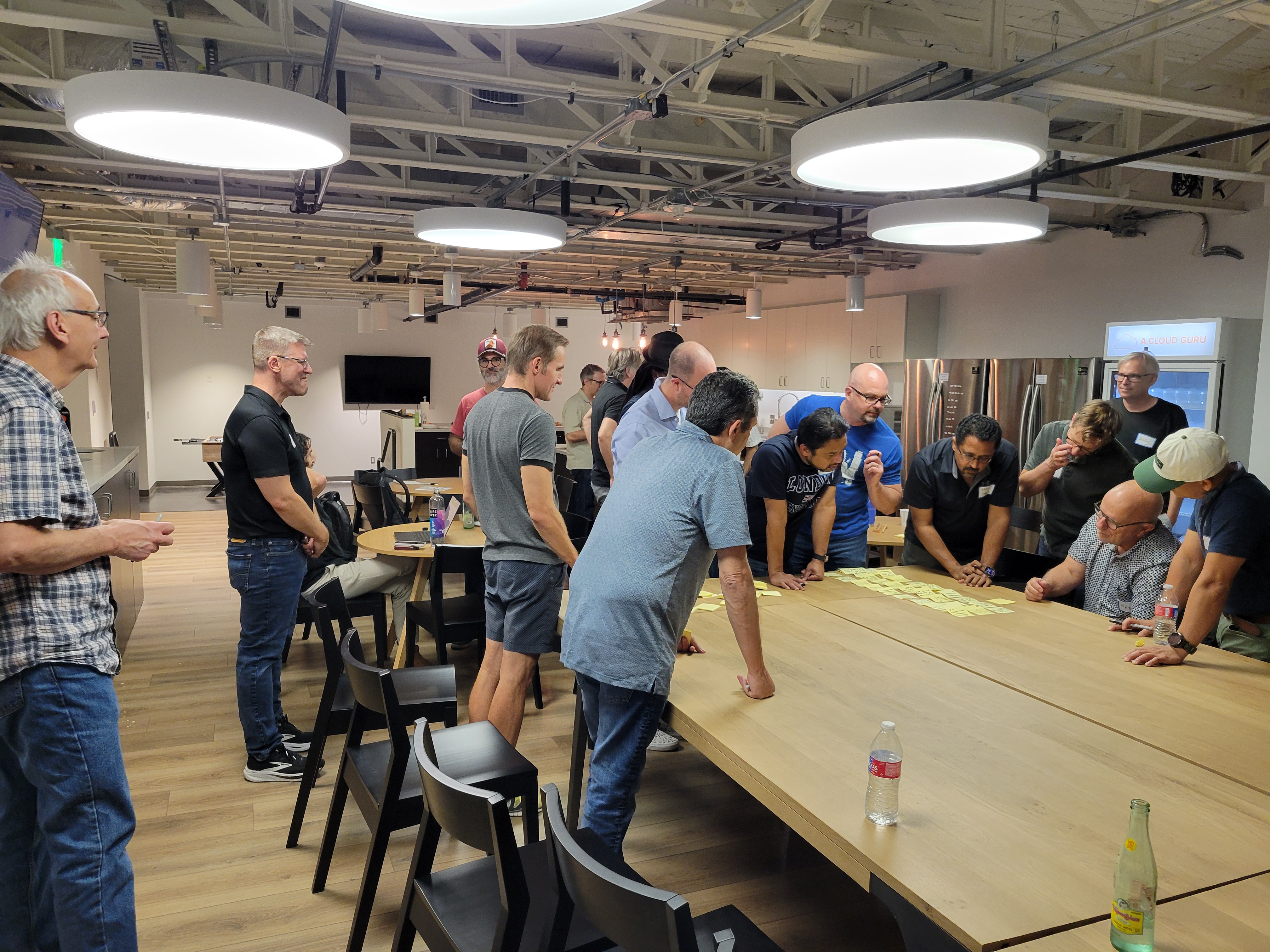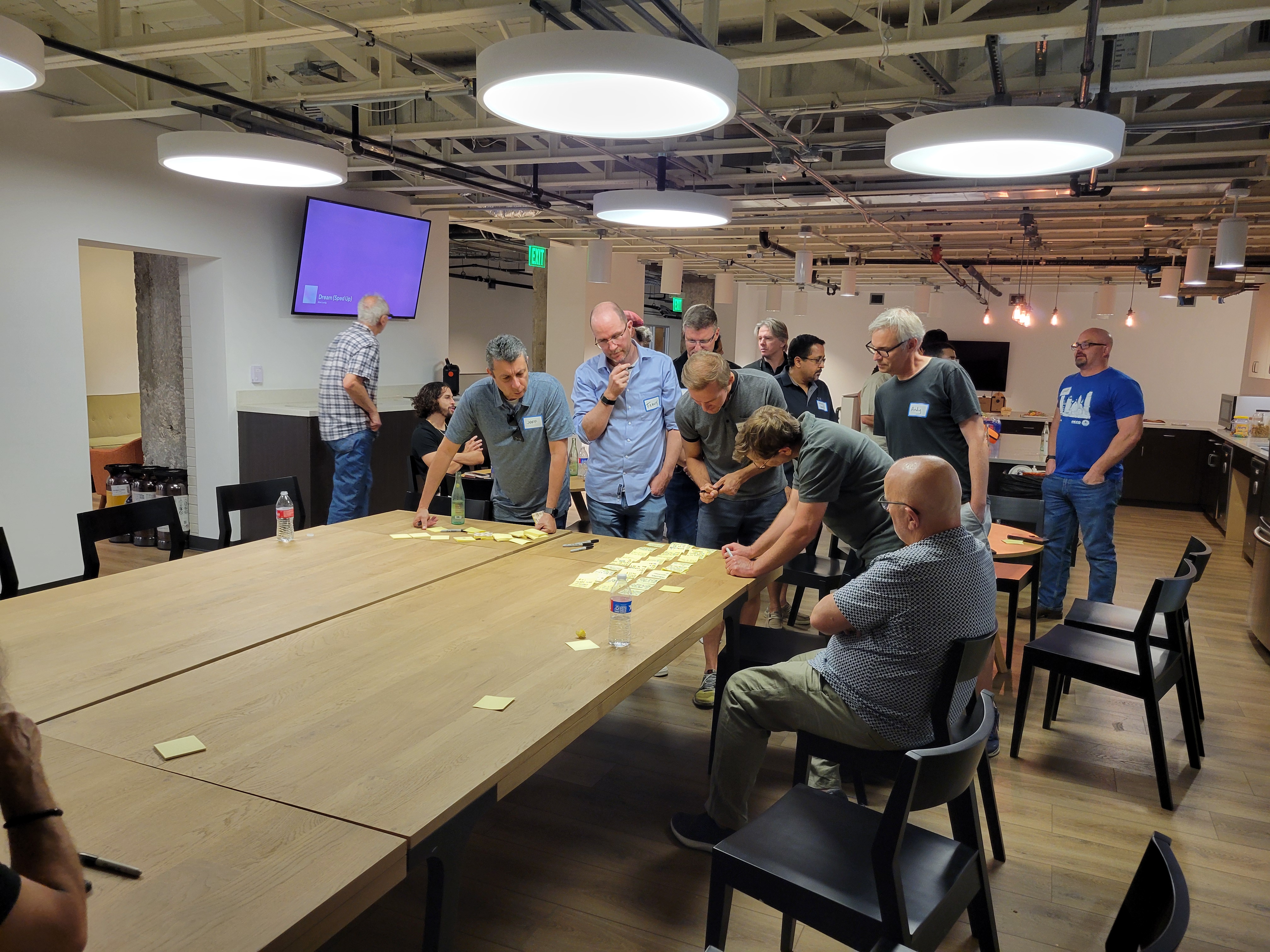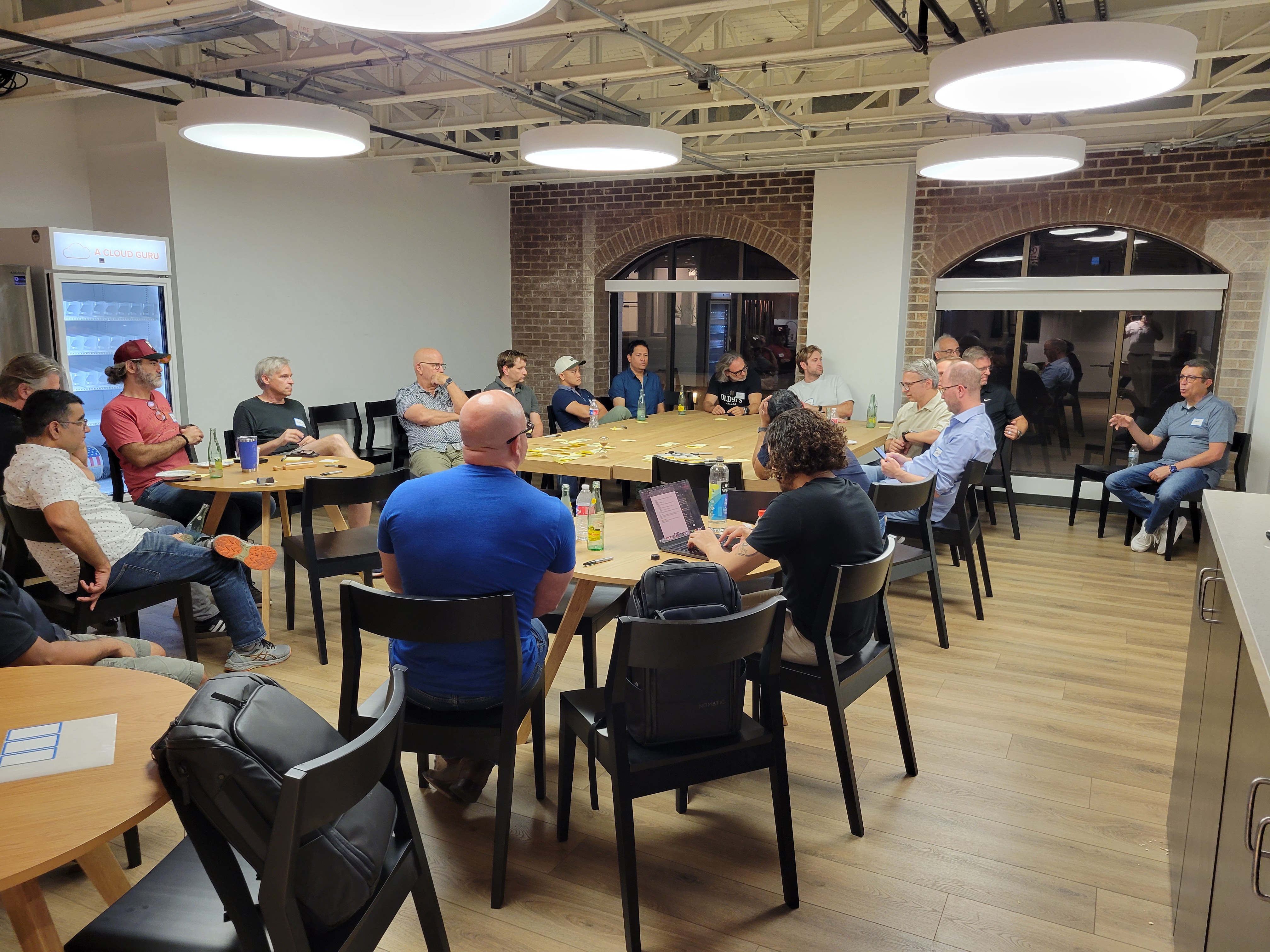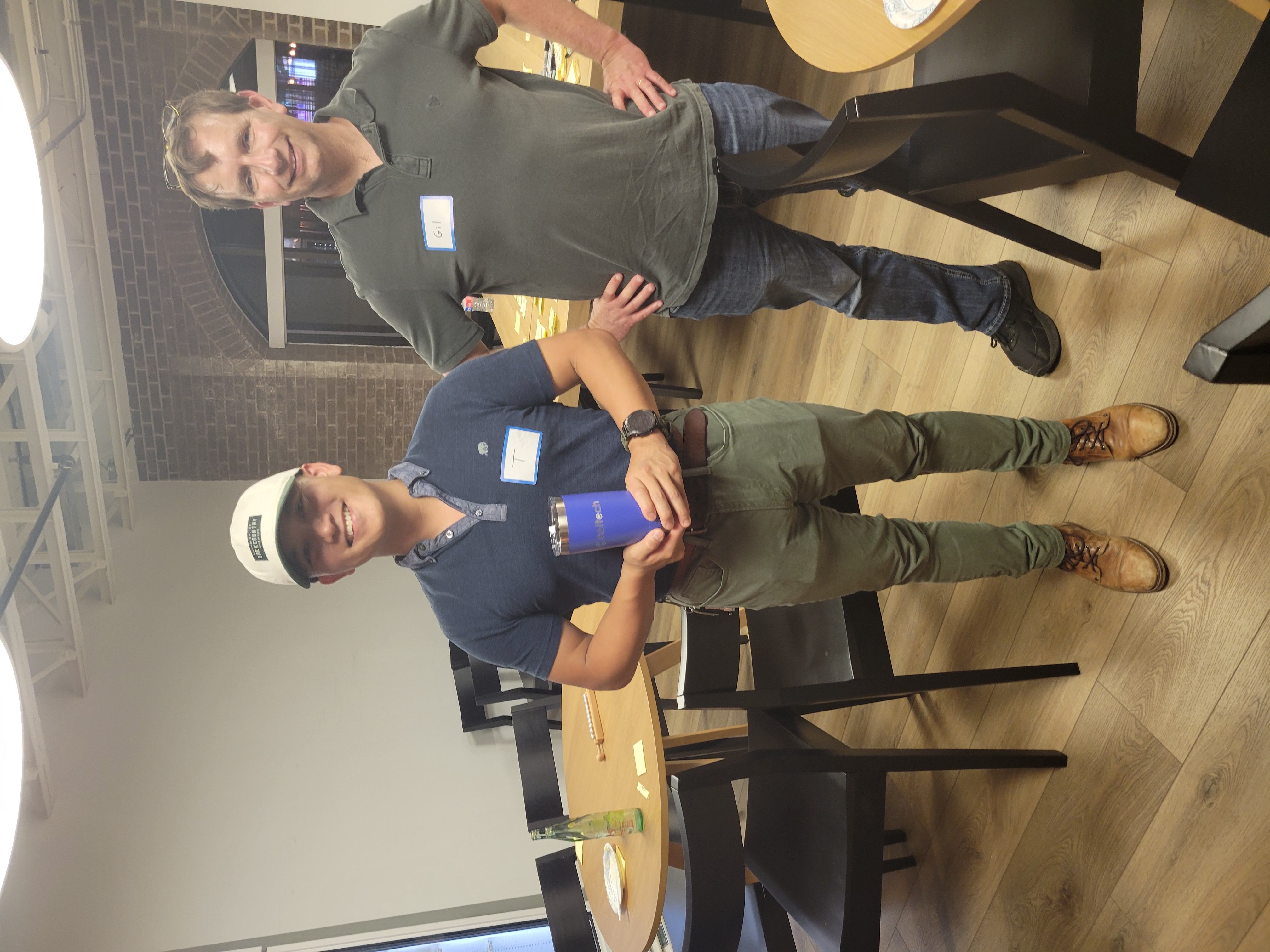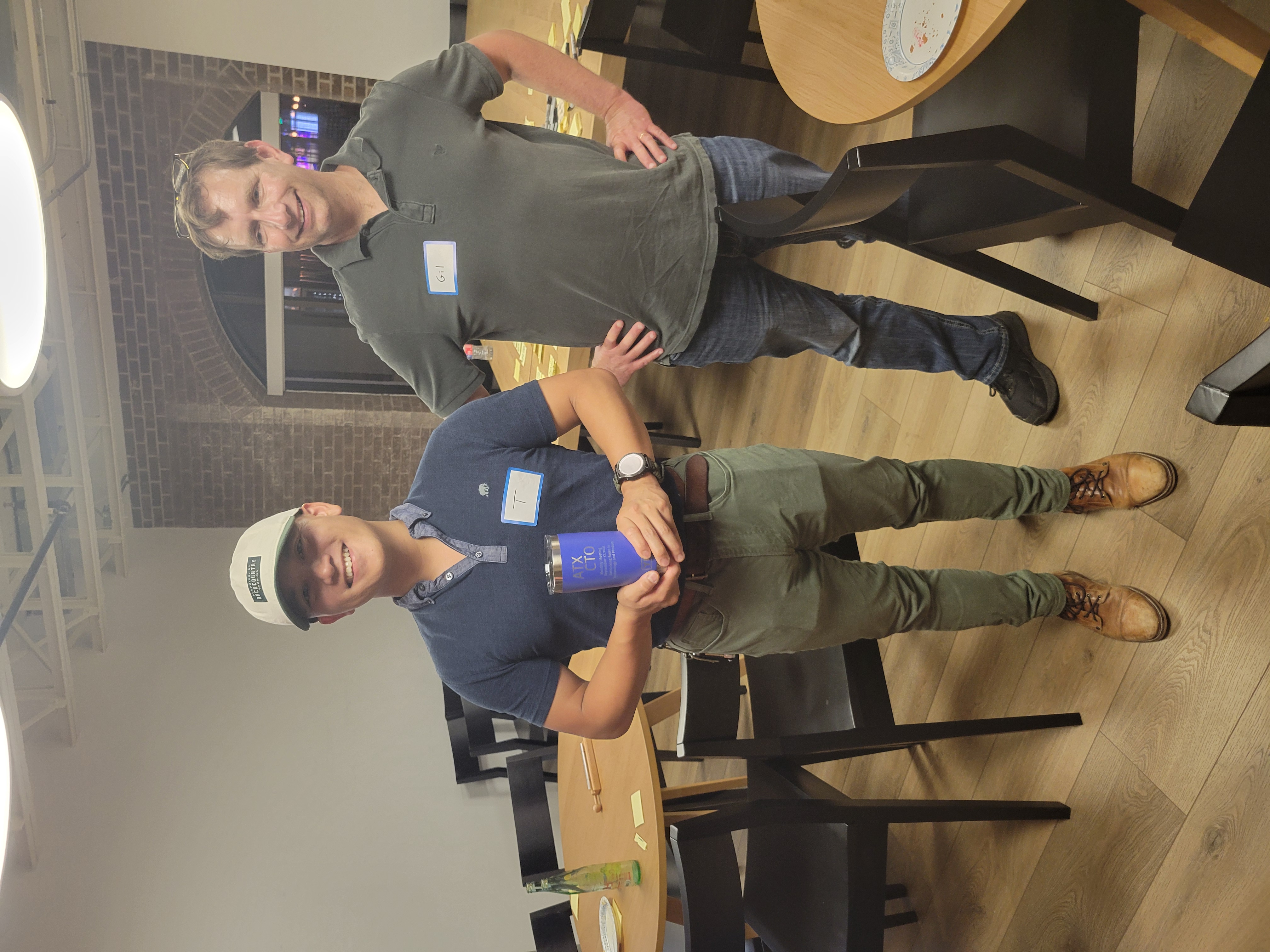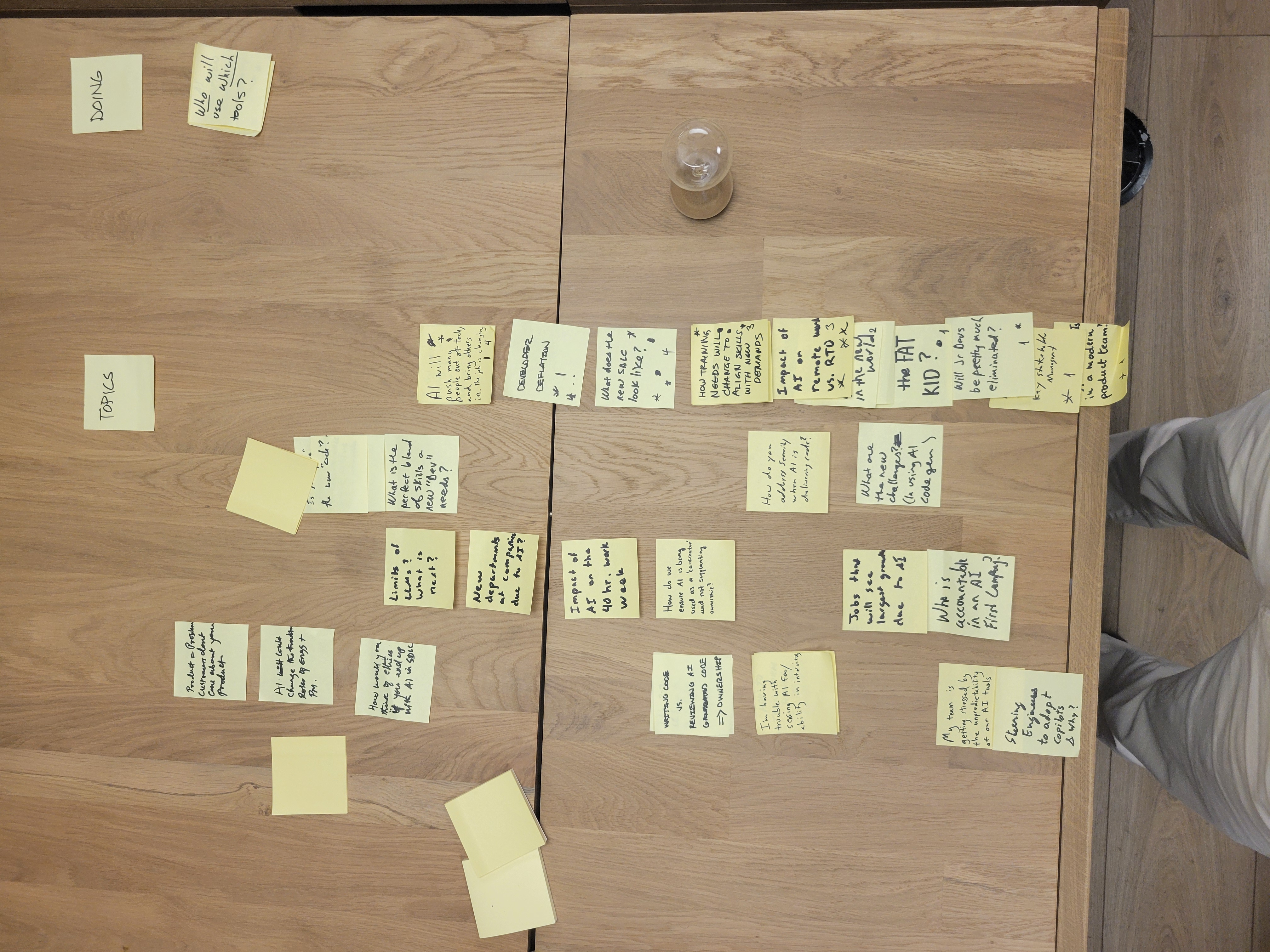Rethinking Roles in Technology and Product
With AI tool adoption blurring the lines between Technology and Product functions, how will roles change on your teams? Will hybrid roles emerge? How will it change Dev, QA, DevOps, SRE? Will the distance between users and implementers shrink? How do you hire for this future?
The Bridge Between Product & Engineering In The Age Of AI #
In the age of AI, product development is changing in a big way. LLMs have made knowledge cheaper and coding more commoditized, yet engineers remain in high demand for prototyping, designing architectures, and setting priorities. This shift is not just about tools, it is changing how teams think about building products.
The role of the product manager is evolving alongside it. Leadership increasingly expects prototypes and working demos instead of static documents, which means PMs are moving from detailing what to build toward ensuring why and how it should be built. Their focus is shifting from outputs to outcomes and from specifications to meaningful problem-solving.
Context also shapes how these roles play out. Startups can lean heavily on rapid iteration and prototypes, while large enterprises still require structured planning, architectural oversight, and alignment to scale effectively.
Core PM Principles and How AI Changes It #
- Focus on customer problems rather than products: AI can generate features and code quickly, but PMs must ensure these outputs actually solve real business problems
- Measure outcomes rather than outputs: With AI producing more outputs faster, PMs need to focus on the true impact or metrics of those outputs
- Solve people and alignment challenges: AI can assist with research, prototyping, and coordination, but PMs still need to align teams, clarify priorities, and manage people problems
The new way of looking into things can be compared to the following: PMs are the mapmakers who define the destination, engineers are the city planners who design the systems to get there, and AI is the construction crew that executes at scale.
AI Adoption #
Creating an “AI mindset” is becoming essential across orgs, not just for engineers but for all functions, from testing to documentation to drafting PRDs. The reality is stark: whoever doesn’t adopt AI will eventually get fired.
Main Challenges:
- Leadership must learn to incorporate AI or risk disappearing.
- AI-based outcomes are hard to measure and KPIs are unclear.
- Cramming AI into every workflow can become a handicap.
While AI can streamline processes, reduce bottlenecks, and shorten timelines, adoption remains uneven. The MIT GenAI Divide report highlights just how stark the gap is: “despite $30–40 billion in enterprise investment into GenAI, 95% of organizations are getting zero return.”
The main issue is that confidence in AI is fragile because flashy demos or PoCs often lag behind fully production-ready solutions. Entire architectures can be instrumented with the right expertise, but leaders often underestimate the production gap. Prototypes may look impressive, yet production-hardening can take months. Another challenge is that although teams benefit most when given space to explore and combine domain expertise with AI tools, outcomes can still be hard to measure.
The biggest takeaway is that a proper dose of AI, thoughtfully integrated and guided, can make a significant difference. As the MIT report notes, “strategic partnerships and buying external solutions are roughly twice as likely to succeed as those building tools internally, with success rates of approximately 67% versus 33%.”
Leadership needs to be careful in AI adoption, using the right external expertise and incorporating appropriate KPIs into more calculated efforts. Organizations that embrace AI thoughtfully will gain a decisive operational edge.
Abraham Adberstein is a committed, assertive, and disciplined professional with hands-on experience in AI, Software Engineering, and Cybersecurity. He is building the AI workforce of the future @ Lead Autopilot.
